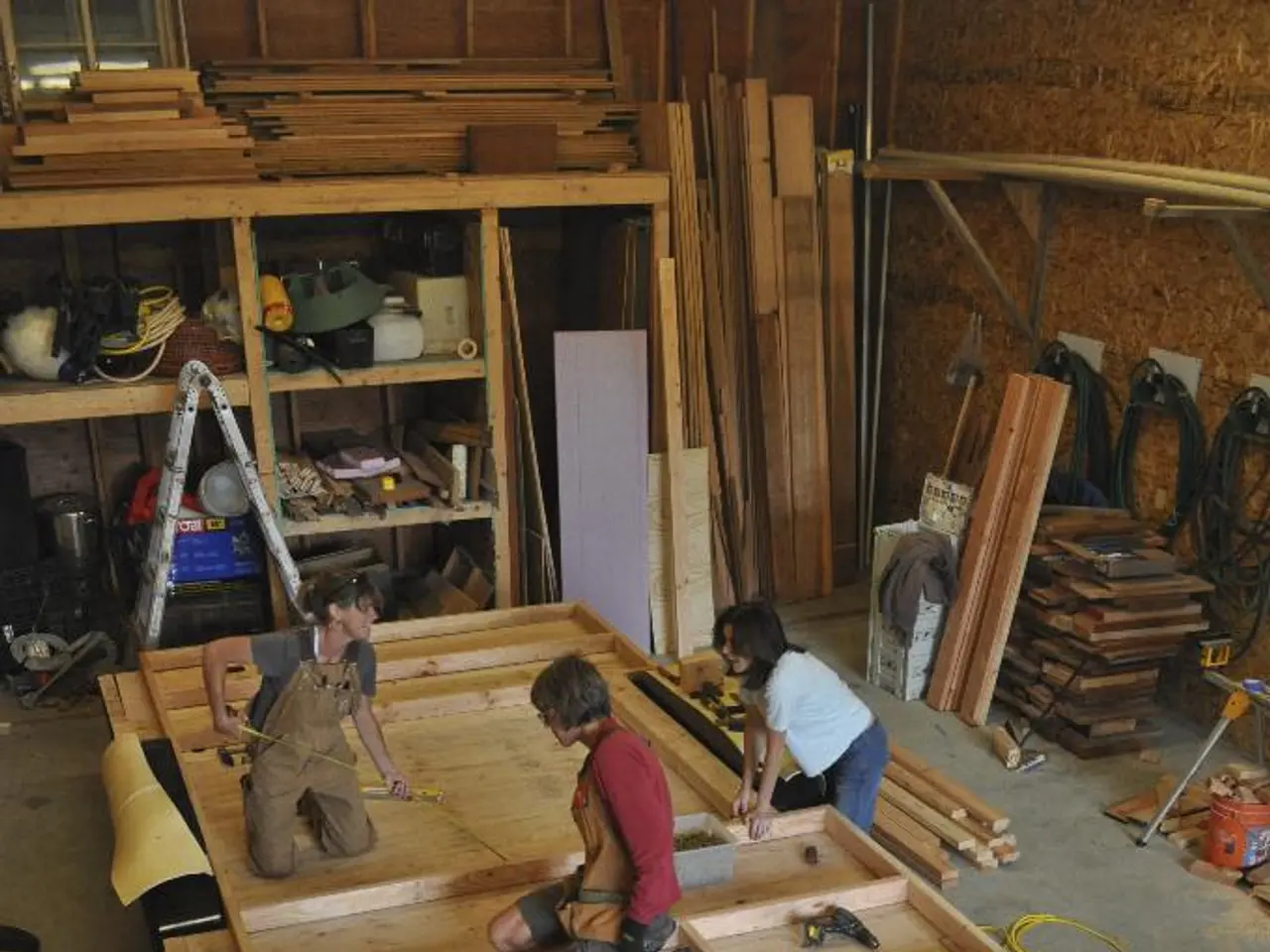Strengthening Independent Defense Manufacturing in India via Domestic Production
India's defence production and exports have experienced unprecedented growth, reaching an all-time high of Rs. 1.5 lakh crore in FY 2024–25, marking an 18% increase from the previous year. This surge is driven by a combination of strong government policy support, technological innovation, and strategic infrastructure development.
The 'Make in India' initiative and the Defence Acquisition Procedure (DAP) 2020 have been instrumental in fostering domestic manufacturing, research and development, and defence exports. These policies prioritise indigenous products, streamline procurement norms, and encourage private sector and Micro, Small, and Medium Enterprises (MSME) participation.
The establishment of Defence Industrial Corridors in Uttar Pradesh and Tamil Nadu has provided essential infrastructure and partnership opportunities for MSMEs, propelling them into the global defence supply chain. Adoption of cutting-edge technologies such as 3D printing enables rapid prototyping and manufacturing of complex components, reducing lead time and dependence on imports.
Indigenous R&D efforts, spearheaded by organisations like the Defence Research and Development Organisation (DRDO) and private sector entrants like Agnikul Cosmos and Skyroot Aerospace, are transforming India's defence sector. For instance, Agnikul's Agnilet engine is entirely 3D-printed as a single piece, demonstrating significant reductions in production time and complexity.
Initiatives like the Innovations for Defence Excellence (iDEX) and its sub-schemes foster indigenous technology development by supporting startups and R&D in critical areas, thereby strengthening the ecosystem for defence self-reliance. Recent investments in local titanium manufacturing facilities are encouraging steps in this direction.
The success of these initiatives has significantly boosted domestic manufacturing and R&D in India. Equipment supplied by India for defence exports has been received by over 100 countries, with the Indian Navy adopting 3D printing technology to produce spare parts on-demand, reducing reliance on foreign components.
Global supply chains are unpredictable, and geopolitical risks are escalating. Strategic autonomy depends on the capacity to build mission-critical components domestically. Programmes like the K9 Vajra-T, manufactured by Larsen & Toubro in collaboration with South Korea's Hanwha Defence, showcase India's growing defence production capabilities.
India has set ambitious targets of achieving Rs. 3 lakh crores in defence production and Rs. 50,000 crores in exports by 2029. Collaborations with organisations like the All-India Council for Technical Education (AICTE) align industry-based training programs across educational institutions to bridge skill gaps in the digital era.
Hybrid additive-subtractive manufacturing integrates 3D printing with traditional machining processes, reducing material waste and shortening production cycles. Multi-axis CNC machines, particularly 5-axis systems, are essential for manufacturing intricate parts required in defence applications, such as missile guidance systems and aircraft structural components. Companies like Agnikul Cosmos and Skyroot Aerospace have developed complex systems, such as rocket engines, using indigenous hybrid techniques.
The Light Combat Aircraft (LCA) Tejas program has achieved significant milestones, with the Indian Air Force forming its first Tejas squadron in 2016. The Indian workshops are investing in multi-axis CNC machines and hybrid processes that combine additive and subtractive operations, further boosting domestic manufacturing capabilities.
The Pradhan Mantri Kaushal Vikas Yojana (PMKVY) offers industry-relevant skill training to empower the workforce and support economic growth. Access to advanced materials like aerospace-grade titanium and Inconel is vital for sustaining local manufacturing at scale, particularly for MSMEs.
In summary, India's defence sector has transformed from heavy import dependence to a fast-growing, innovative, and increasingly export-competitive industry. This transition is underpinned by government policy incentives, infrastructure development, technology adoption, private sector and startup participation, export orientation, and a focus on indigenous R&D.
Sports have become an increasingly popular avenue for promoting domestic manufacturing in India, with innovative technologies like 3D printing being adopted in various sectors. The Pradhan Mantri Kaushal Vikas Yojana (PMKVY) is providing industry-relevant skill training to empower the workforce and support economic growth, enabling the production of advanced materials like aerospace-grade titanium and Inconel that are essential for sports equipment manufacturing.







